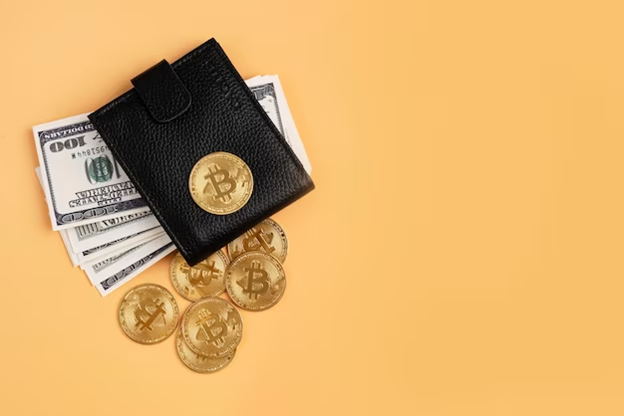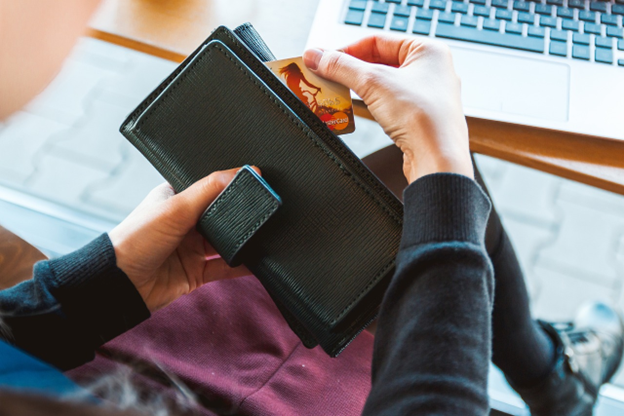Transaction fees prevent blockchain networks from being overburdened with operations obstructing network use. Transaction fees are an inevitable part of cryptocurrency trading. You can’t get around the fee structures built into cryptocurrencies, but you can minimize them.
Table of Contents
Types of Cryptocurrency Trading Fees
There are transaction fees associated with crypto trading. Several names are given to this fee, such as transaction fees, mining fees, or gas fees (usually for blockchains that support smart contracts, e.g., Ethereum). The charges are automatically included in the transaction price, making them mostly undetected to the buyer and seller.
Individuals who invest money can perform several actions on a cryptocurrency platform. Each action has its own cost. The price of a specific crypto action can change frequently and suddenly. If you’re trading cryptocurrency, you need to check the charges regularly. There are two kinds of crypto charges: Network charges and Exchange charges.
Network Fees
A network fee is a charge added when you buy or sell crypto. This charge is used to support and encourage the people who help validate transactions on blockchain networks. These fees go to those who maintain the network’s security. Cryptocurrency is a digital asset that isn’t controlled by any government or authority. It’s stored on computers worldwide, and trades happen directly between buyers and sellers without an intermediary.
Even though there’s no middleman, transactions still need to be recorded. Network fees cover the resources needed to confirm and record your transaction on the public blockchain. These fees also prevent cryptocurrency platforms from being overwhelmed by pointless or harmful transactions. Without fees, the payment and data transfer systems would quickly be flooded with spam.
How Big Are Network Fees?
In general, network fees are typically relatively small. For instance, in late 2021 and early 2022, the average Bitcoin transaction involved around $700,000 per trade. During the same time, the usual network fee was about $0.50. The network fee is insignificant in normal situations because Bitcoin’s value changes quickly.
However, these fees can become very high when the blockchain network is extremely busy. In May 2022, Ethereum’s gas fees (similar to network fees) went up to thousands of dollars for a single transaction. This happened because many people wanted to use Ethereum for special digital items called non-fungible tokens (NFTs), causing the network to slow down. Eventually, the gas prices went back to normal.
Transaction fees are important for many parts of the crypto world’s business. While you can’t completely avoid these fees, you can make them smaller by carefully picking cryptocurrencies, trading platforms, and digital wallets.
Exchange Fees
A cryptocurrency exchange needs to tap into the financial activity on its platform to make money. This is often done by charging fees for common actions like trading, borrowing, depositing, and withdrawing. These fees are the primary way exchanges make money, along with other income sources like advertising, listing fees, and premium services.
Traders need to know that if they use a separate blockchain wallet instead of the exchange’s standard service, there might be additional fees for deposits or withdrawals. These fees usually support the wallet’s upkeep and development.
The fees for trading on most cryptocurrency exchanges range from 0% to 1.5%, depending on whether you’re buying (maker) or selling (taker). So, if you’re investing $1,000 in crypto, the average fee could be anywhere from $0 to $15.
Some exchanges may still have individual transaction fees, but many have moved to a combined fee system. Small or infrequent trades might only be cost-effective if you want to buy crypto. In that case, there’s typically a fee for buying and owning a digital coin.
The most common fee structure cryptocurrency exchanges use is a tiered system for makers and takers. This system creates tiers based on trading volume and charges different fees for makers and takers based on their trading activity.
A maker is someone who sets the market price by selling crypto, and a taker is someone who buys it at that price. Both pay fees for the transaction, but makers usually pay lower fees.
How To Reduce Crypto Trading Costs
The money you spend on fees when trading cryptocurrencies can differ depending on your cryptocurrency. For example, in May 2021, the transaction cost on Ethereum reached a record high of $196.68. However, two days later, the cost went down to $16.27. Since late January 2023, the fees have been between $0.60 and a little over $1, according to YCharts.
Because the fees can differ, choosing the right time and method for your trades and other transactions is important. Here are some tips for paying fewer fees when you trade cryptocurrencies:
1. Pick the Right Exchange
Some exchanges have lower fees or no fees for certain types of trades. But might also have extra fees for more advanced trading options. So choose exchanges that favor the kind of transactions you frequently do. Remember, though, that most exchanges will charge you some fees.
2. Use Cryptocurrencies To Buy More
When you change your cryptocurrencies into regular money (called fiat currency), you usually have to pay fees for that. But you might not have to pay those fees if you use one cryptocurrency to trade for another. This could help you avoid some fees.
3. Be Careful With How Much You Trade
Lots of exchanges charge a bit of the money you’re trading. For instance, if you’re trading $10,000 and the fee is 0.10%, you might have to pay $10 as a fee. Keep an eye on transaction amounts, especially during busy times when there’s a lot of activity. This way, you can wait for less congested periods to make trades and avoid higher fees.
4. Consider Transaction Types
If you want to stop investing in a particular coin, trade it for a different cryptocurrency instead of withdrawing the fiat equivalent. Most exchanges will ask for a fee when changing cryptocurrencies into regular money but not converting it into another coin. The good idea is to change your cryptocurrency investments into stablecoins like USDT when switching out of one investment, and you don’t need the money immediately.
Conclusion
Understanding and minimizing crypto trading fees are essential steps for any cryptocurrency investor. While transaction fees are an inherent part of the crypto trading process, you can manage them to optimize your financial outcomes. These fees vary greatly based on network congestion, Blockspace, and trading volume.









